Glycerin and Rosewater
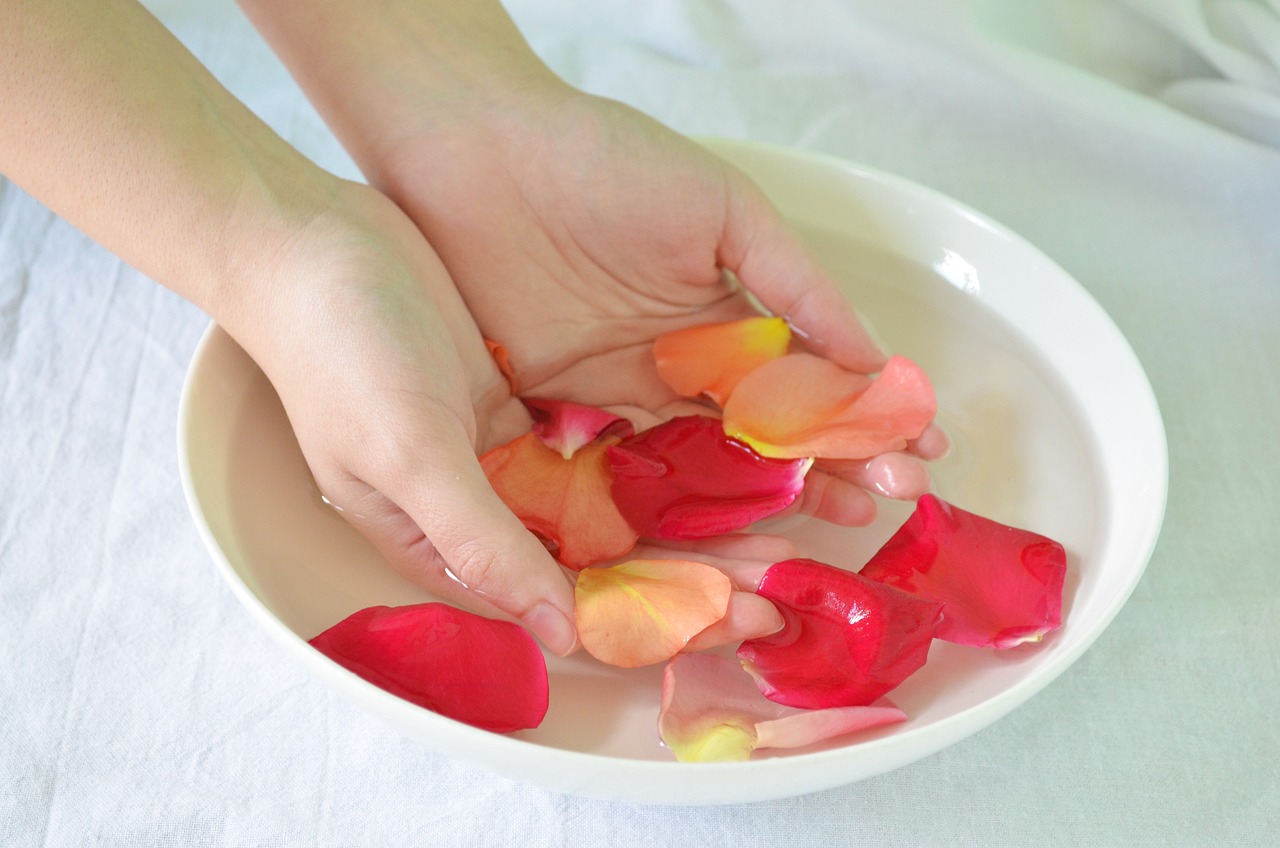
Most people don’t thing of roses as herbs. They think of them only as flowers. And if they’re thinking of the long stemmed, gorgeous beauties of the popular, modern rose bushes, they’d be right.
The fragrance, the healing goodness and most of the taste have been bred out of them in the interest of beauty. So if you’re going to use roses in remedies for healing, skin care or for food, be sure to use the old fashioned varieties and make sure they have not been sprayed or fertilized with harmful chemicals.
Here’s an article I wrote years ago. It was first published in the September, 1994 issue of Good Old Days Special.
Glycerin and Rosewater : The Way Grandma Made It
Back in Grandmother’s day store-bought cosmetics weren’t as readily available as they are now. So Grandmother learned to make her own. Glycerin and rose water was probably the most common and is still made and used today.
To make rosewater, use very, very fragrant roses that have just opened from the bud stage. Place a large handful of rose petals and 1 cup water in a small glass or enamel pan.
Bruise the petals against the side of the pan with a wooden spoon while slowly bringing to a boil. Boil gently 5 or 6 minutes. Remove from heat and let stand 2 hours. Strain, preserving liquid and discarding petals.
If you don’t have fragrant roses, use what you have and after the water cools, add ½ teaspoon rose extract or rose oil. You can even add a drop or two of mint extract if you wish.
Rose water is a refreshing, fragrant facial astringent and can be used alone or in other recipes. It leaves your hair wonderfully clean and fragrant when used as a final rinse after shampooing.
To make glycerin and rose water, combine two parts rose water with one part glycerin and shake to mix. A little witch hazel (about half as much as glycerin) can be added if you wish.
Glycerin is a natural humectant and holds water to your skin so it doesn’t dry out. The witch hazel is soothing and astringent and will neutralize the slightly oily feel of the glycerin.
Massage the mixture into hands, feet, elbows or anywhere skin is rough, red and dry.
Since writing the article above I’ve done some experimenting with rose water. You can use it in frostings, syrups, jellies and deserts. You can add a few mint leaves when making the rosewater for a fresh minty taste and fragrance.
You can also use other flowers and herbs to make lavender water or chamomile water. Use your imagination and have fun.
Glycerin and rosewater needs to be shaken before each use to blend the ingredients.
Here’s a great recipe for Rosemint Syrup. Drizzle it over rice pudding, ice cream, custard, cheesecake or even pancakes or waffles.
Rosemint Syrup
- 4 or 5 mint leaves
- Petals from 1 large or 2 small very fragrant roses
- 1 cup bottled water
- 1 ½ cups sugar
Combine mint leaves, rose petals and water in a sauce pan and bring to a boil. Simmer for 5 minutes. Add sugar and simmer until sugar is dissolved. Strain out and discard petals and leaves. This will make about 1 2/3 cup syrup. Cool and store in the refrigerator.
Here is a very simple Rose Vinegar recipe. Try it over Cucumber slices.
Rose Vinegar
Fill a quart jar with rose petals. Be sure to remove all stems, leaves and the rose hips. Fill the jar with any mild, white vinegar. Cover with plastic wrap and place on kitchen counter. Shake once a day for 4 or 5 days. Strain out petals and discard. Add 1 level tablespoon brown sugar and stir until dissolved. Store in a dark cupboard or pantry .
This vinegar should last for about a year.
The Author:
Dina Hunter is a firm believer in natural healing with fresh natural foods and herbs.
Photo. Vujosevic

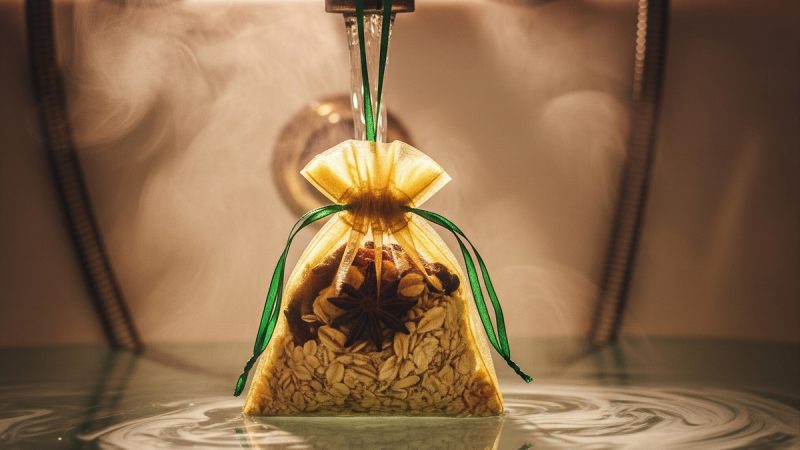

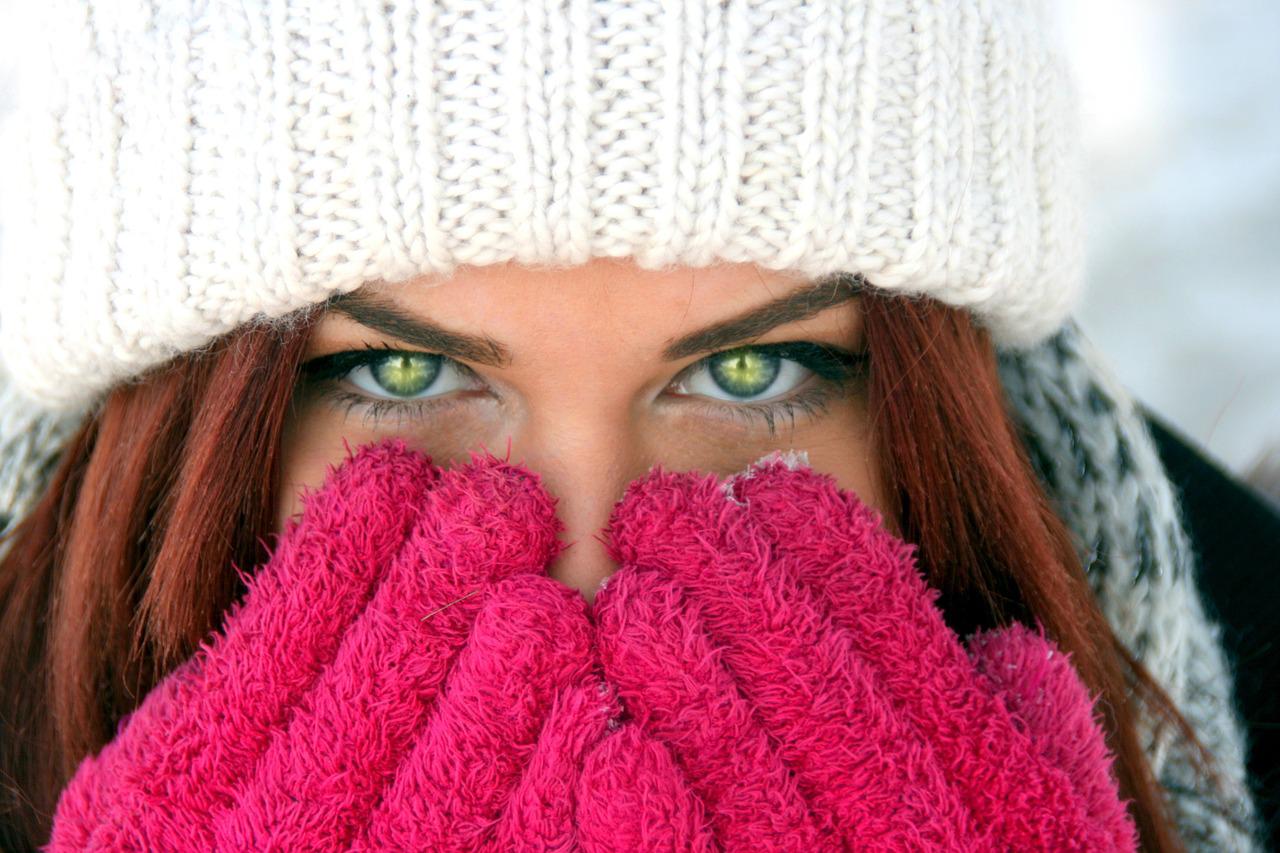
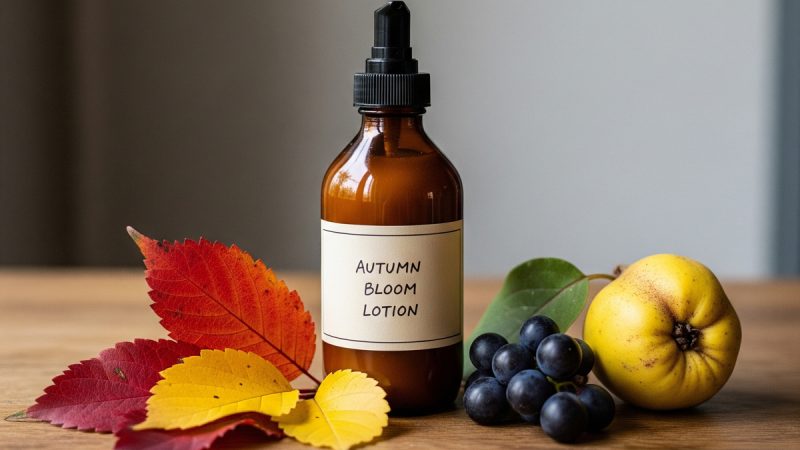

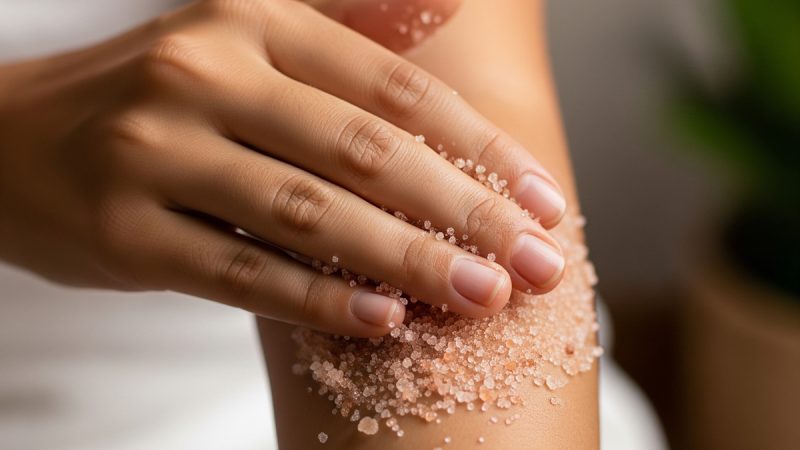
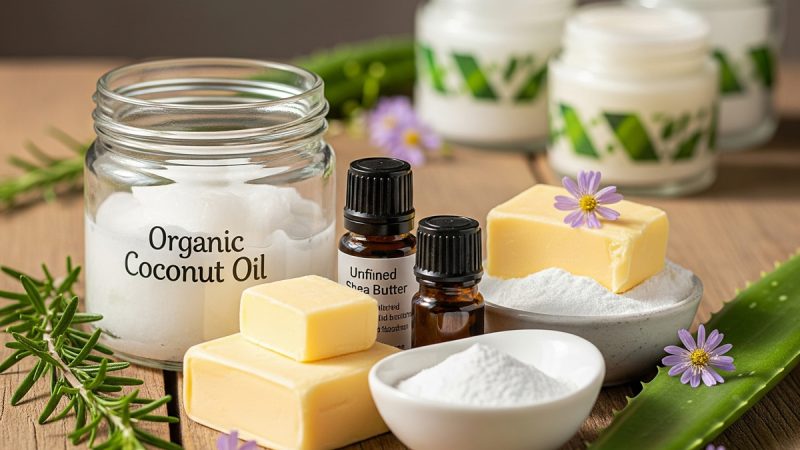
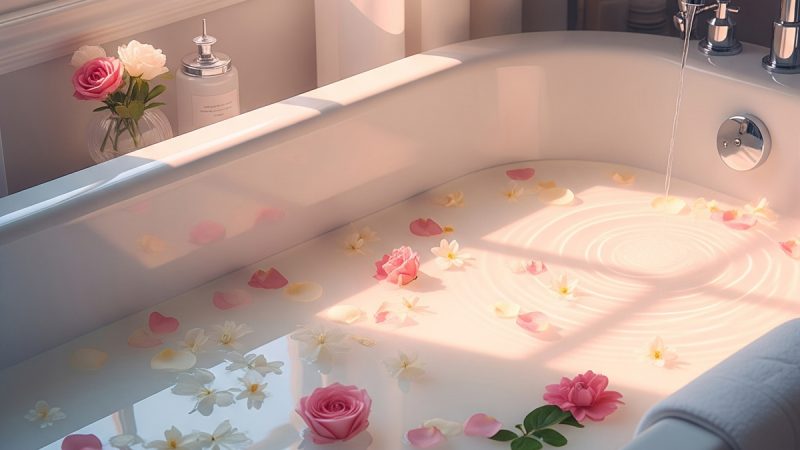
“two parts rose water with one part glycerin and shake to mix”. I dont know if i did this right – I mixed 25ml glycerin to 50ml rose water? it felt a bit oily – took a bit out of my spray bottle (about 10-20 ml) and added plain water to it to dilute a bit more –
It seems like you may have mixed the glycerin and rose water in a 2:1 ratio correctly based on the measurements you provided. However, the resulting mixture appearing oily could be due to the nature of glycerin, which can have a slightly sticky or oily texture. Diluting it further with plain water is a good idea if you prefer a lighter consistency. Feel free to experiment with the proportions until you find a mixture that suits your needs.